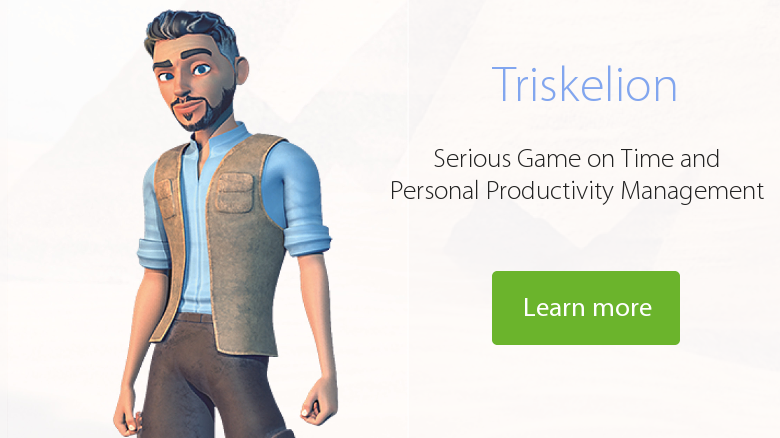It might seem that procrastination is a word more fit for the worlds of medicine or meteorology because of its Latin origin, but no; In fact, we often use it in our daily lives because it refers to the habit of postponing actions that require our attention and replacing them with irrelevant ones or ones that require less effort.
What is procrastination?
In short, procrastination is the habit of delaying important tasks for more pleasant, but less relevant ones. For example, when we have to respond to an important email and we just look at Facebook updates, or if we have to write a text and we start to review the daily news, so when we go back to the task at hand, we have forgotten where we began. In short, the classic thought “I have to do something now”, turns into putting it off until the next day.
How do you know if you are procrastinating?
Just so you know, we all procrastinate. Everyone. It’s the most common thing in the world to try to avoid complex tasks. The question is not to turn something we do on occasion into a habit.
How to stop procrastinating
The key to breaking this habit could be summarized in 3 very easy steps to follow:
1. Make a daily to-do list
Do not exceed the number. It includes three tasks and highlights one as the most important. They can be your 3Ts and one of them your T+, that task that you will be sure to complete by prioritizing it to be completed by the end of the day.
2. Focus
Spend two or three hours just doing those tasks. Close your email, close social networks and focus without distractions. If it helps you to concentrate, you can listen to music, the radio or something that accompanies you, but never something that distracts you from the task at hand.
3. Reward yourself
Procrastination usually looks for pleasant things to divert us from our objective. Use it to reward you. Give yourself a prize when you reach your goal. When the 3Ts are complete, give yourself a prize. Use Facebook, take a walk, have a snack. Reward yourself for the work that you have done.
Next steps to avoid your procrastination streak
The main problem with procrastination is that we do not advance. We leave tasks undone, they accumulate creating a snowball effect. When our to-do list becomes too long we get overwhelmed and stressed. Defining achievable goals and simplifying is essential. Set clear goals that you can move forward. Daily goals, monthly goals, and annual goals. However, try not to take on more than necessary and prioritize the tasks that are really important to achieve your goals.
Of course, it is essential to set relevant goals for your life and to achieve them we must define tasks that lead us to them. Examples of priority goals can be:
- Searching for a better job.
- Taking care of your health.
- Paying off your mortgage.
- Being happy in your relationship.
These goals, as we said, should be divided into annual, monthly, weekly, and daily tasks.
Learn not to procrastinate by playing
At Gamelearn, we have developed the Triskelion course to help you organize your time, tasks, and priorities. All this will help maximize your productivity and make better use of your time. It’s not about working hard, but working smarter by focusing on the tasks that have the most impact on your final goals.





